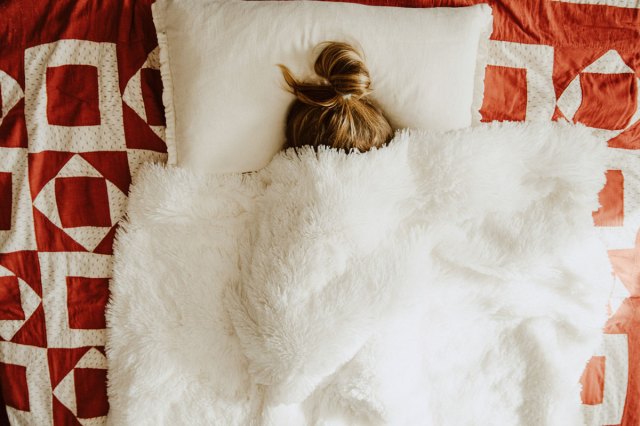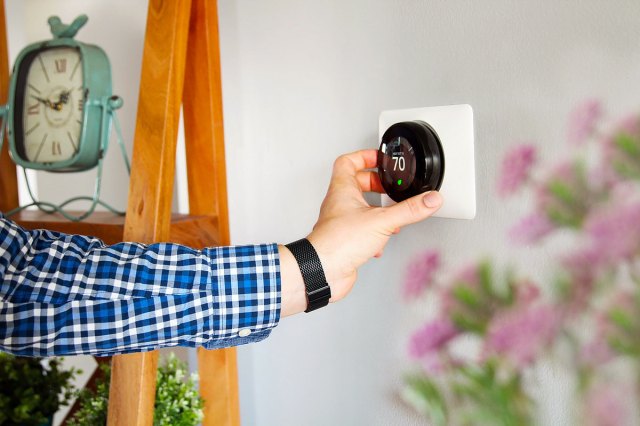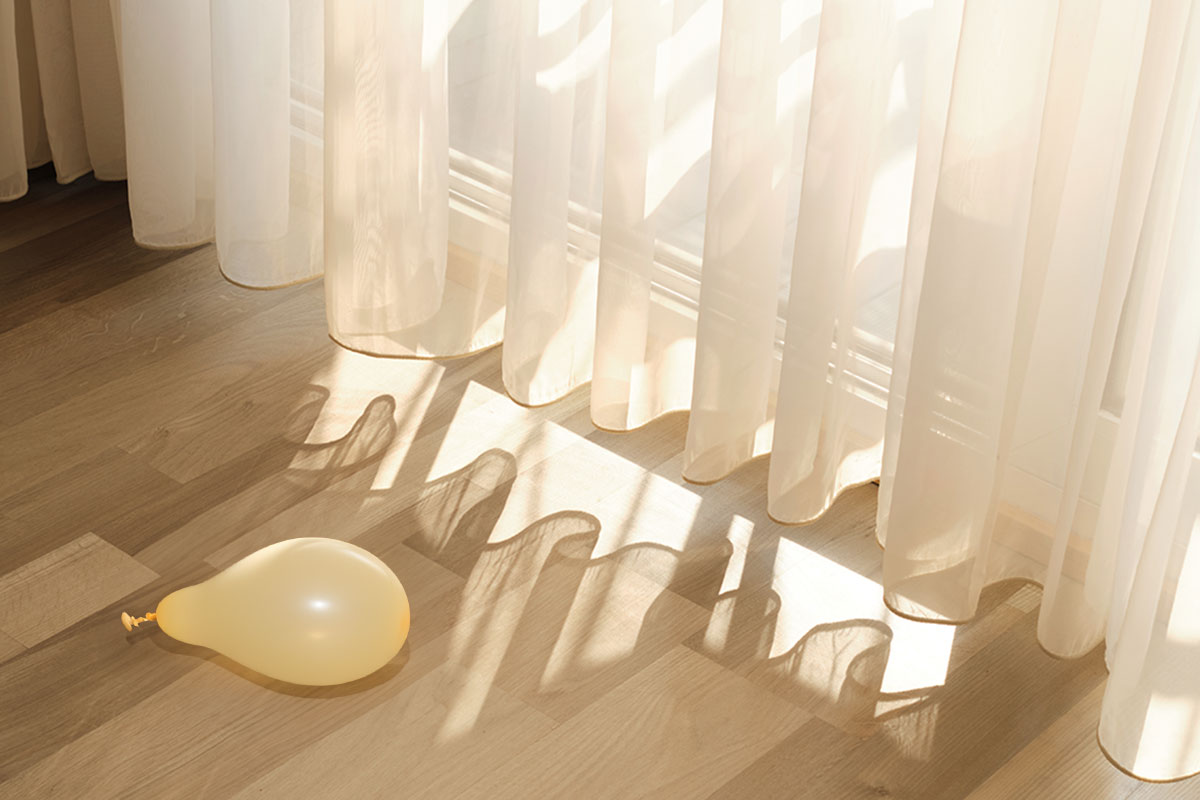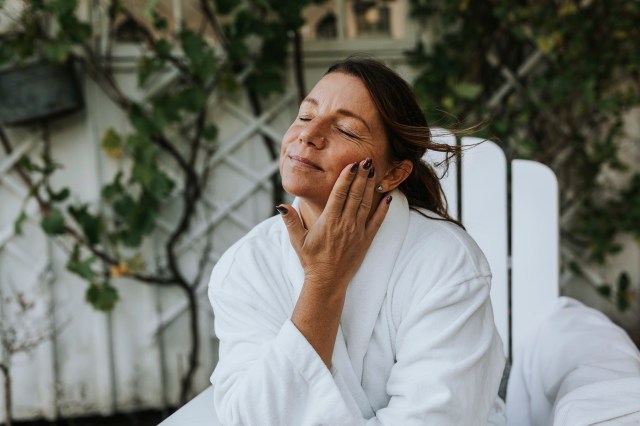Many factors can contribute to a restless night, from being overly stressed to consuming too much caffeine. But one of the worst and most common culprits is the temperature of your room. Some people prefer to sleep in the cold, while others are lulled to sleep in a warmer environment. But what’s the best temperature for an ideal sleep environment?
All featured products and deals are selected independently and objectively by the author. Better Report may receive a share of sales via affiliate links in content.

What Happens to the Body During Sleep?
The body follows a process known as the circadian cycle, responding to light and dark environments to keep us awake or prepare us for bed. While internal body temperature hovers around 98.6 degrees Fahrenheit for most of the day, that number drops as much as one or two degrees while we sleep. The decrease in temperature and light leads to the production of melatonin, a sleep hormone that helps regulate circadian rhythm. However, the hormone can be inhibited by too much light or extreme temperatures, which can cause a disrupted sleep pattern and even worsen mental and physical illnesses.

The Ideal Bedroom Temperature
Since a decrease in body temperature encourages the release of melatonin, colder rooms help facilitate that process. The exact temperature fluctuates depending on the source. Some doctors recommend setting the bedroom thermostat between 60 and 72 degrees Fahrenheit. In comparison, the World Health Organization recommends setting the bedroom thermostat a few degrees colder than the ideal home temperature of 64.4 degrees Fahrenheit. However, be careful not to go too low — frigid temperatures, especially when combined with humidity above 65%, can be responsible for respiratory problems, such as allergies.

Exceptions to the Rule
Babies and older adults should not sleep in cold rooms. For the first two to three months, babies are still developing a regular internal body temperature. Keeping your infant’s thermostat set to around 69 degrees Fahrenheit helps their bodies regulate.
Temperature drops can also be difficult for elders. As we age, it becomes more challenging to regulate internal body temperature due to decreased body fat. If you or your loved ones struggle to feel comfortable, set your thermostat slightly above the recommended temperature at 68 to 77 degrees Fahrenheit.
Reader Favorites

How to Regulate Bedroom Temperature Without Heat and AC
If you do not have air conditioning, here’s how to manually cool your bedroom.
• Close blinds or shades to prevent heat from creeping in during the day.
• Use a fan or open a window to promote proper air circulation and ventilation.
• Purchase bedding made of cooling material, such as bamboo or linen sheets.
If your bedroom temperature has dropped too low, try these suggestions for warming up.
• Pile on extra layers of clothing and bedding.
• Wear thick wool socks to bed.
• Purchase an electric blanket.
Featured Image Credit: nine koepfer/ Unsplash
More From Our Network
Better Report is part of Inbox Studio, which publishes content that uplifts, informs, and inspires.















